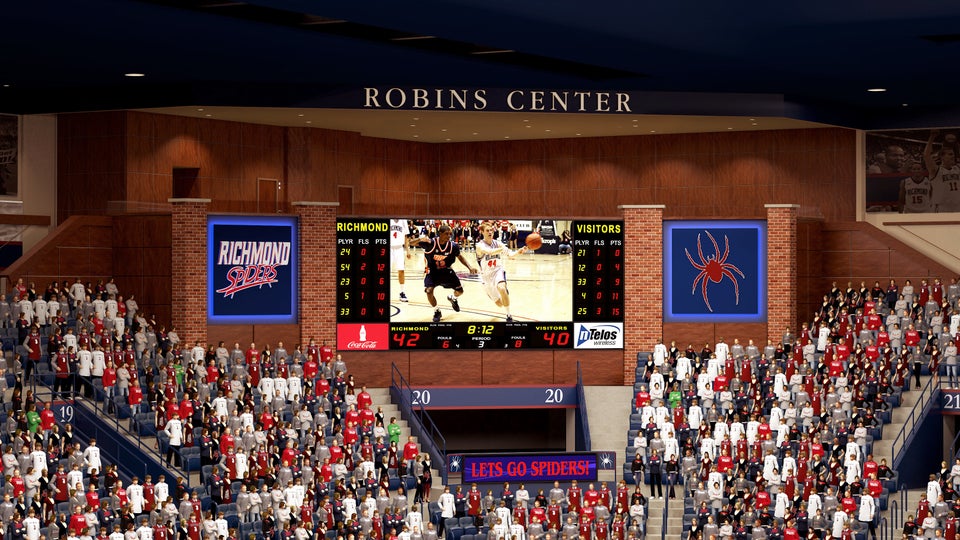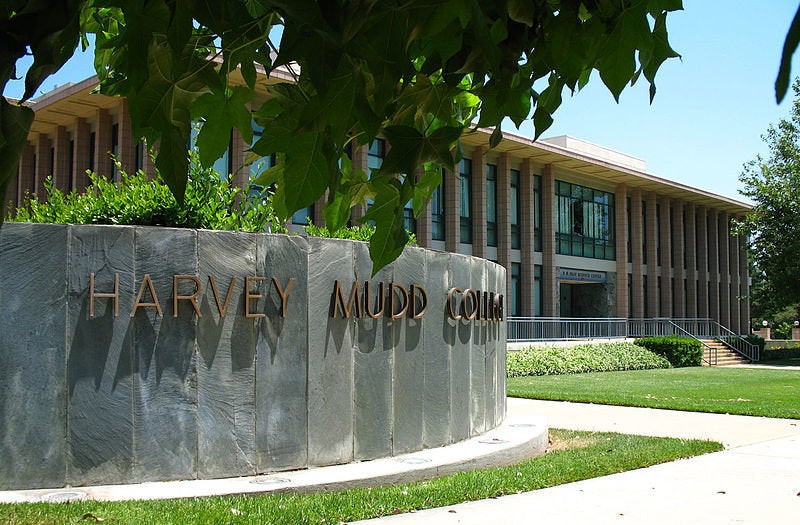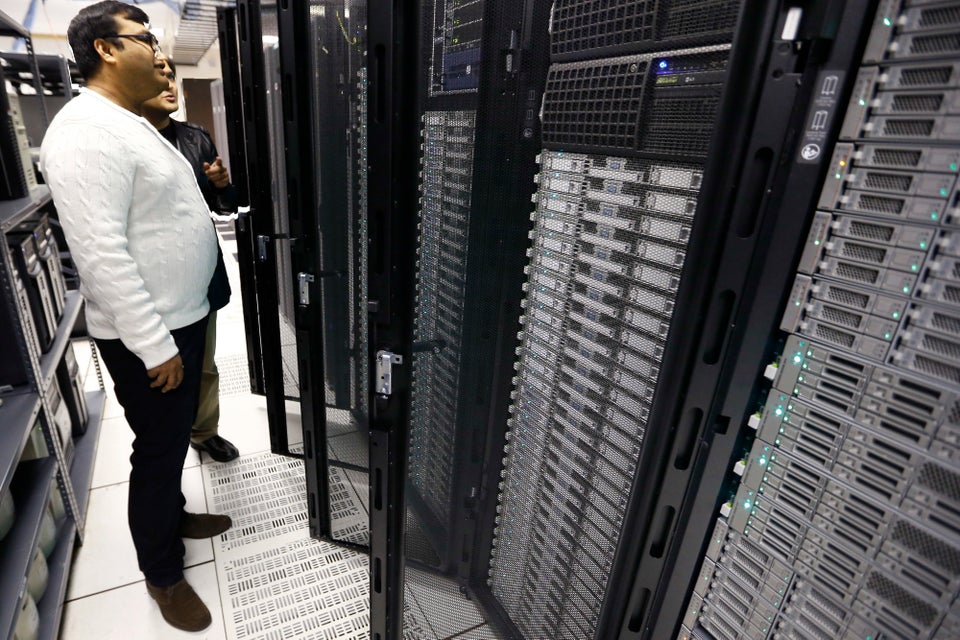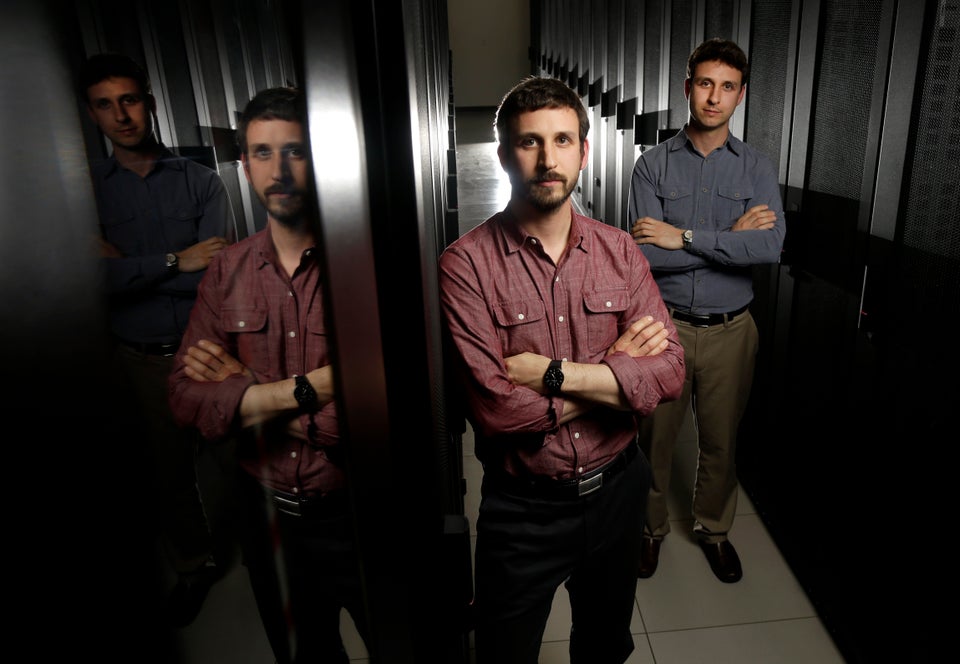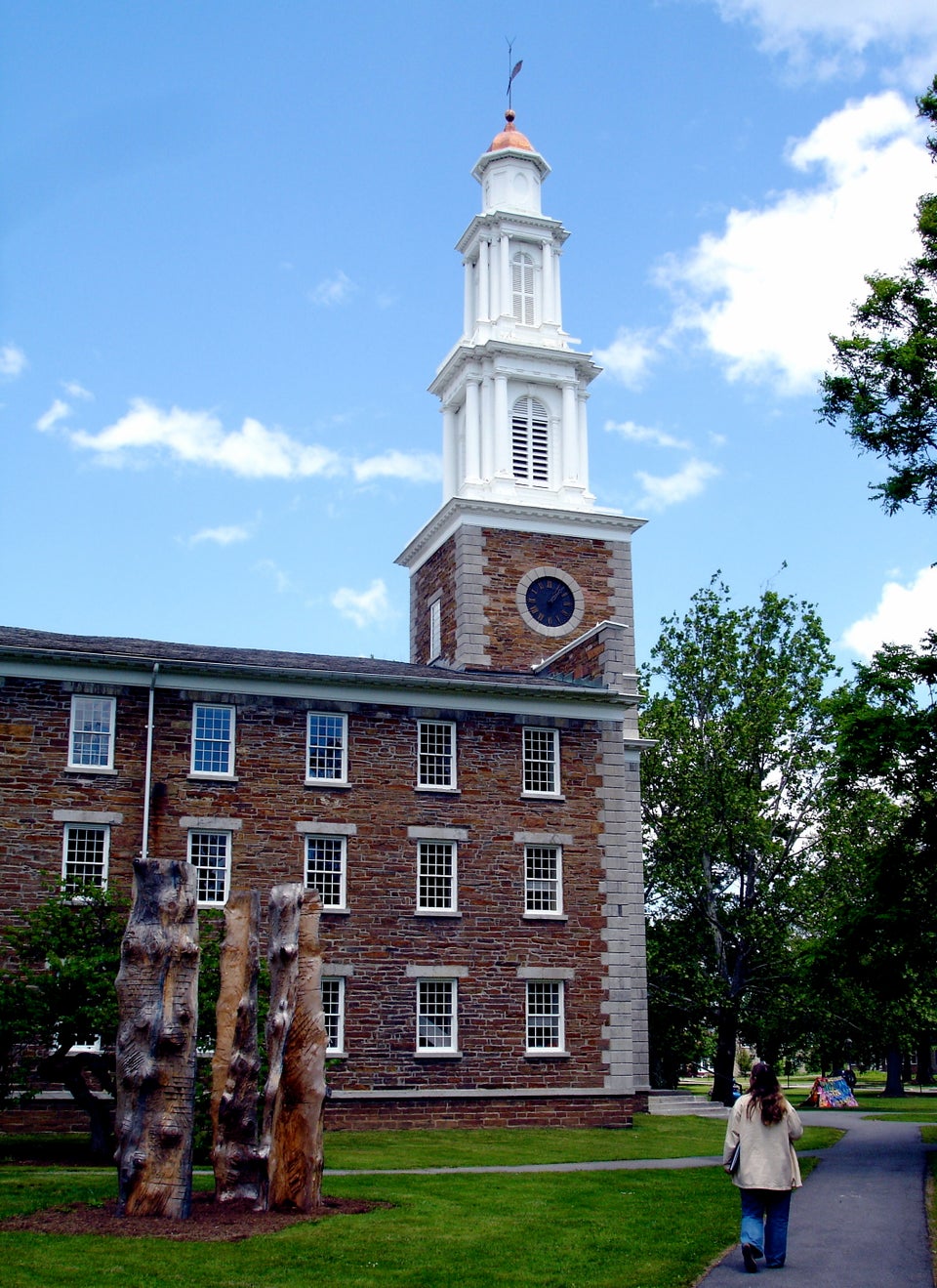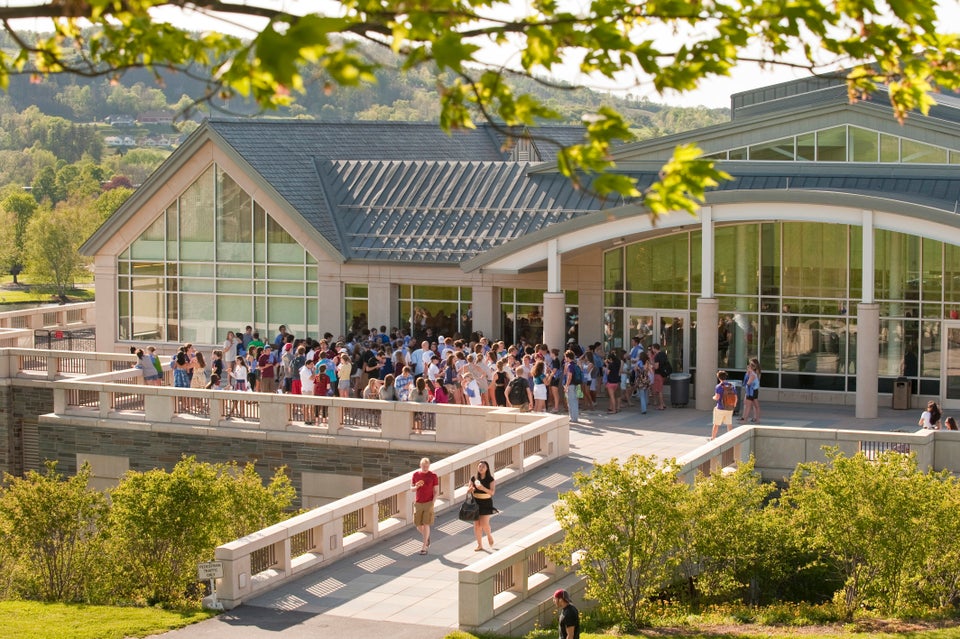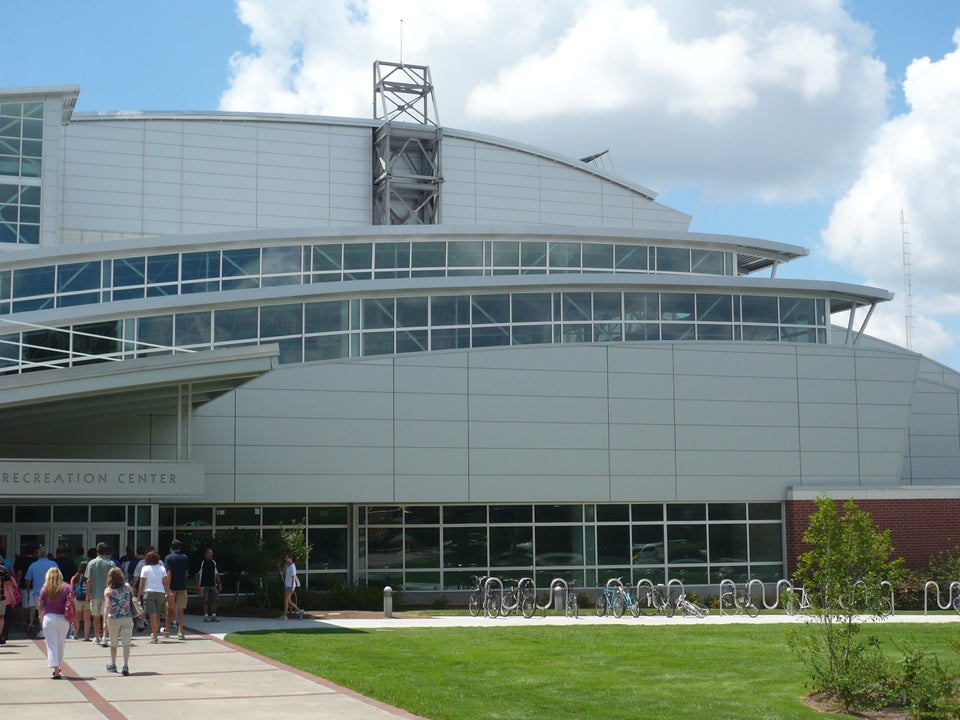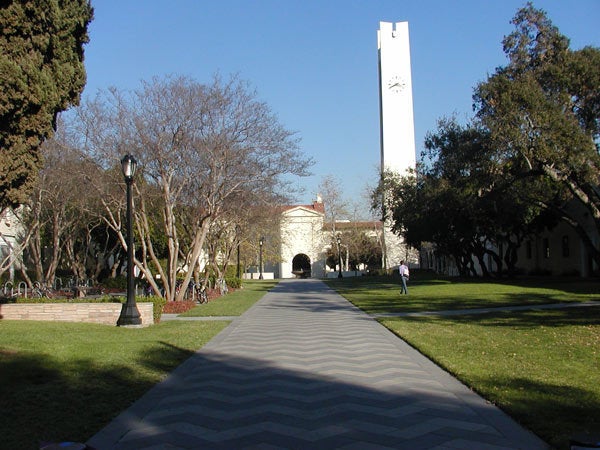
The College Board on Wednesday released blueprints for a redesigned SAT test, giving an early first look at what's in store for many students with college aspirations. Among the changes: Multiple choice questions will have four possible answer choices, instead of five, and reading passages will contain significantly more nonfiction than fiction.
The roughly 250 pages of test blueprints -- which the College Board stressed are a draft and "not a full reflection of what will be tested" -- offered new details about the redesigned test, slated for 2016, which the not-for-profit company announced in March.
In a letter to parents and students, College Board President David Coleman and Chief of Assessment Cynthia Schmeiser assert that the new SAT "will be the first admission exam that requires students to cite evidence in support of their understanding of texts in both reading and writing." The blueprint is being announced with much fanfare, in the form of a new website that features endorsements from people such as Harvard admissions dean William Fitzsimmons, who called the changes "one of the most significant developments that I have seen in the 40-plus years that I've been working in admissions to higher education."
According to the Wednesday release, the new SAT is expected to take 3 hours (without optional essay; one is allowed an additional 50 minutes for the essay) instead of the current 3 hours and 45 minutes. Test results provided to students will break down beyond the notorious composite scores: they'll also receive "cross-test scores" that show how they performed in different subjects, such as history, social science and science scores, based on questions from various sections.
"It is our goal that the redesigned SAT reflects students' best work, not something that is separate and distinct from their work in high school," Schmeiser said, "but a distillation of what they've learned in high school ... so that when they come to the test, it won't be something different; it will be, 'Oh yes, this is something I recognize.'"
The new test will have two sections: math and evidence-based reading. The reading section will be based on previously published passages, and will include a "writing and language" portion that requires students to analyze and revise essays. A full 80 percent of the reading passages will be nonfiction, with one passage in literature, two passages on history/social studies, and two passages in science. The reading section will include graphics.
The writing section of the reading test will "place students in the role of someone revising and editing the work of an unspecified writer." It will include four passages from three categories -- explanatory, argument and narrative nonfiction -- and 44 multiple choice questions. One sample passage about Chinese art asks students to replace the word "vacated" in the phrase "Kingsman vacated from that tradition." The correct answer is departed, the College Board says, because it "is the most contextually appropriate way to indicated that Kingman had deviated from the tradition of Chinese landscape."
The math section will have two parts: a 55-minute section with 37 questions that allow calculator use, and a 25-minute section with 20 questions for which calculators are prohibited. Forty-five of the questions are multiple choice; the others allow for students to enter responses into a grid. The math test will be structured in multi-part problem sets, as in the Program for International Student Assessment, meaning that students will be asked more than one question on the same scenario. One example presents a woman traveling to India, and asks students to calculate exchange rates. Another question has students analyze the rate of growth of two types of bacteria.
The College Board said the aim of the math test was to be "a good reflection of college- and career-ready standards," using language similar to that used by proponents of the Common Core.
Such similarities are not surprising, as the Common Core State Standards -- a set of focused learning standards that are supposed to ensure students graduate from high school ready for college-level work -- were authored, in part, by Coleman himself.
The idea behind the Common Core, Coleman and other supporters have said, is that it draws on reams of evidence to support its prescriptions for what students should know when. The new SAT blueprint cites much of the research behind the new test, which shares this evidence-backed bent. "The redesigned SAT will more clearly and transparently focus on a set of knowledge, skills, and understandings that research evidence has shown to be essential for college and career readiness and success," the College Board wrote.
Speaking in Austin, Texas, in March, Coleman announced that the new SAT will replace the current essay with an optional source-based essay, and will return to a 1,600-point scale (as opposed to the current 2,400-point scale). Coleman also announced that students will no longer lose points for wrong answers, that the test will be available digitally, and that the reading section will focus less on obscure vocabulary and more on the mastery of words whose meanings vary in different contexts.
More broadly, Coleman said, the point was to make the test clearer, transparent and relevant to students' daily work in the classroom. "We plan to make an exam that is clearer and more open than any in our history," Coleman said. "We need to get rid of the sense of mystery and dismantle the advantages that people perceive in using costly test preparation."
Others are skeptical that the revised exam will affect the traditional criticisms of the test as a reflection of economic advantage and disadvantage. "The score distribution reflects stratifications by race, class, economics," said Anthony Carnevale, a Georgetown University professor who leads the school's Center on Education and the Workforce, and who previously led Educational Testing Services. "It's hard for College Board, ACT and ETS to get around that, because they are essentially a yardstick and they show what we've produced in the great sorting of young Americans."
Before You Go
